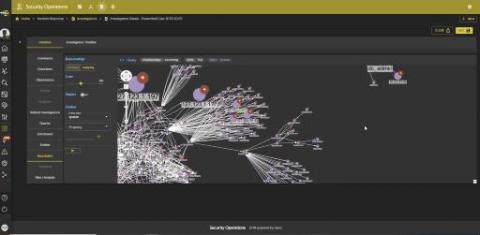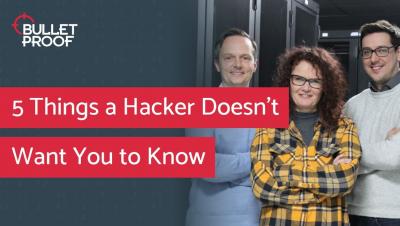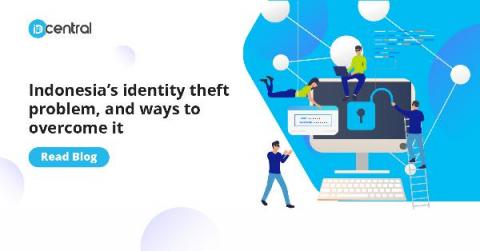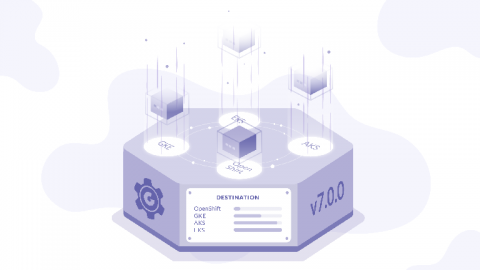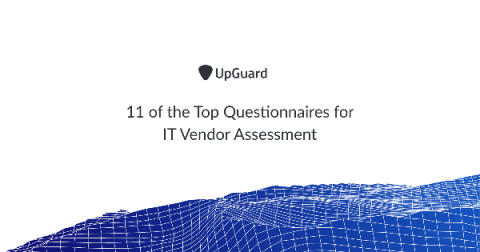MITRE Releases an Update to The Common Weakness Enumeration (CWE)
MITRE has been doing exceptional work in advancing cybersecurity as a public good, and it is an excellent resource for security professionals. Possibly best known for their ATT&CK Framework, a rich source of adversarial tactics and techniques and their mitigations, MITRE is also known for another resource: the Common Weakness Enumeration (CWE). The CWE is a community initiative sponsored by the Cybersecurity and Infrastructure Security Agency (CISA).




